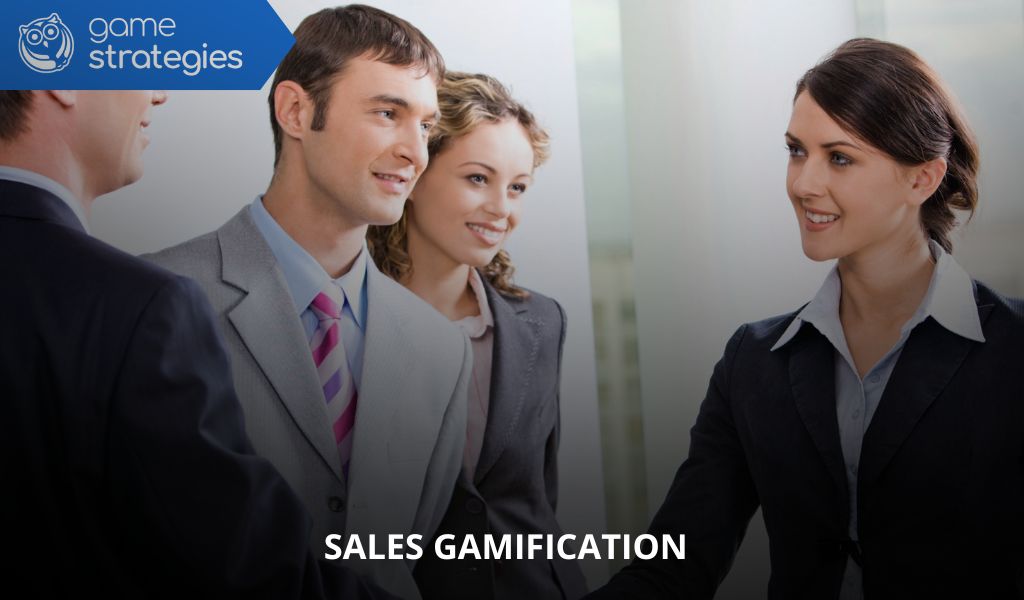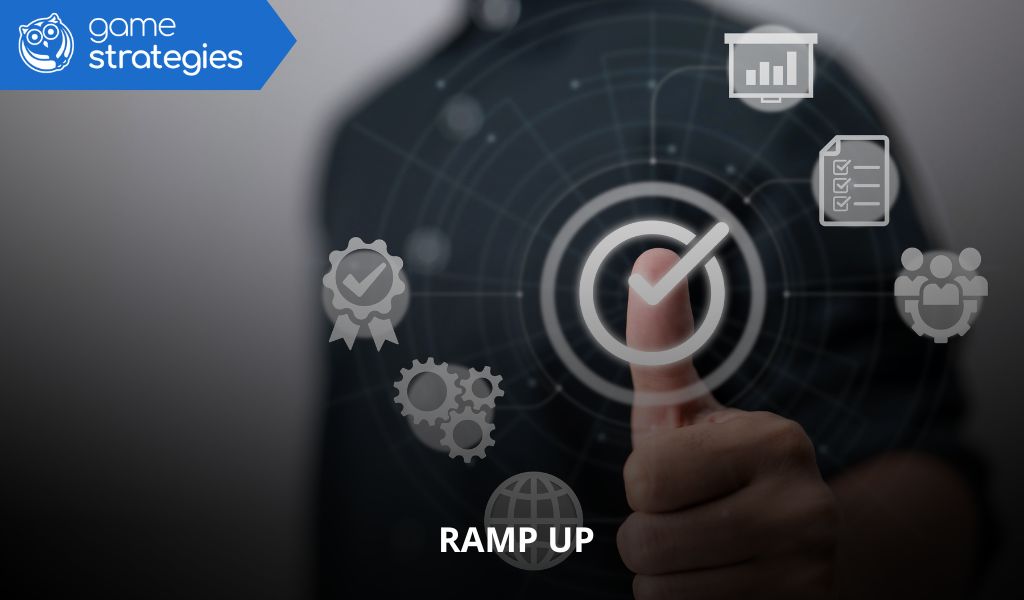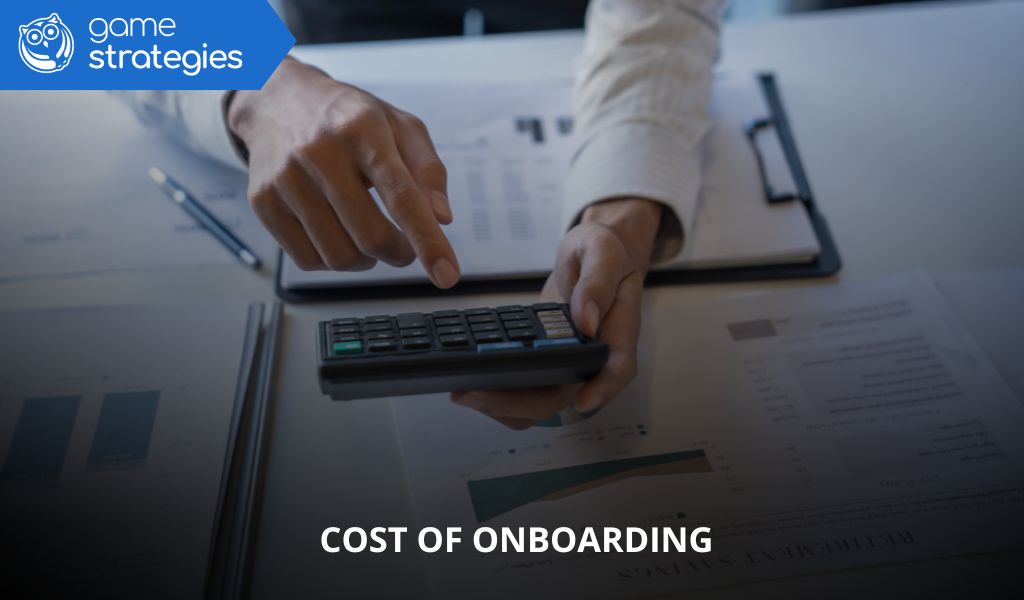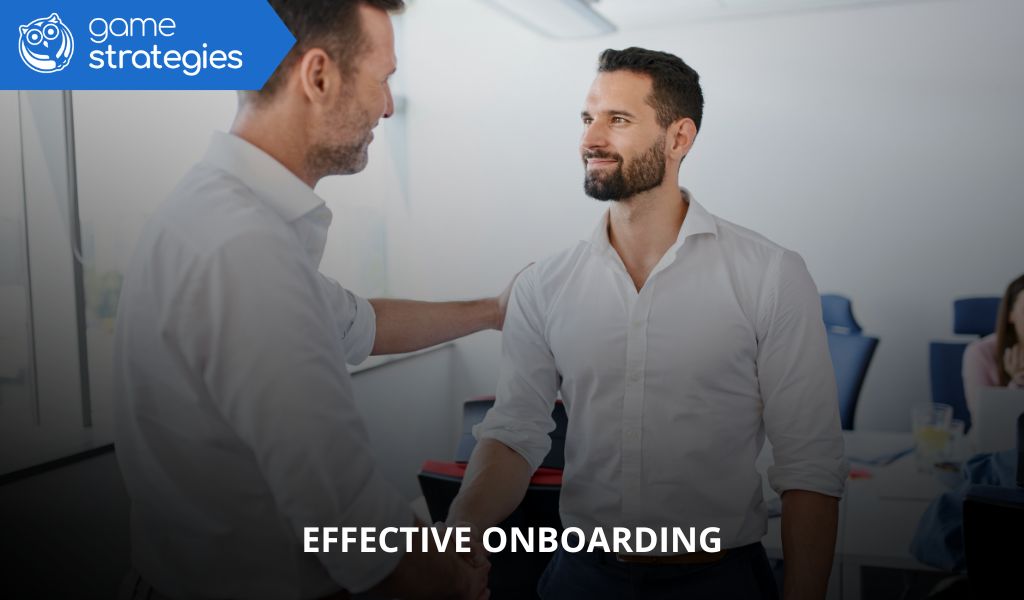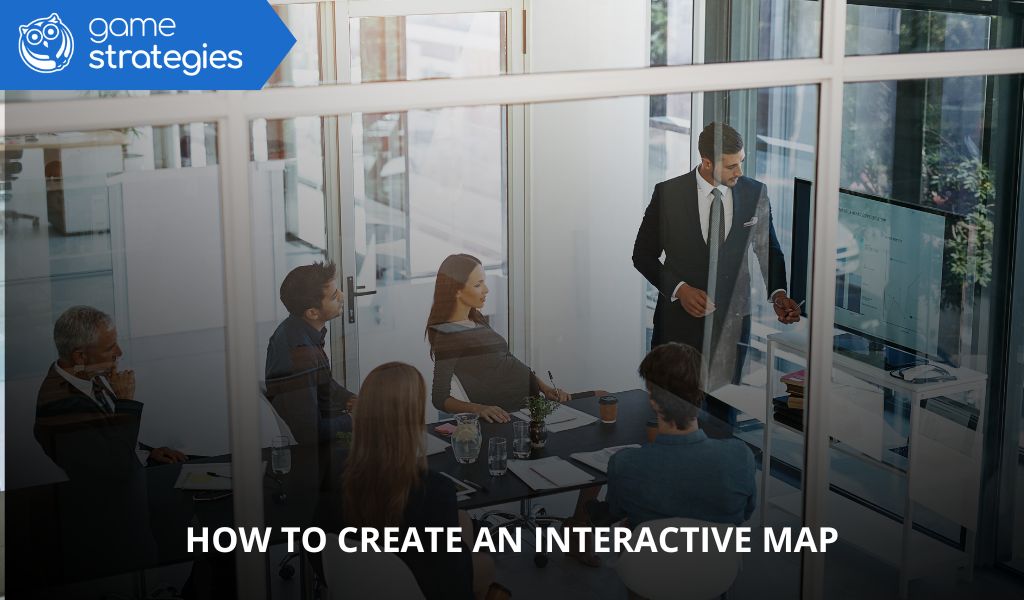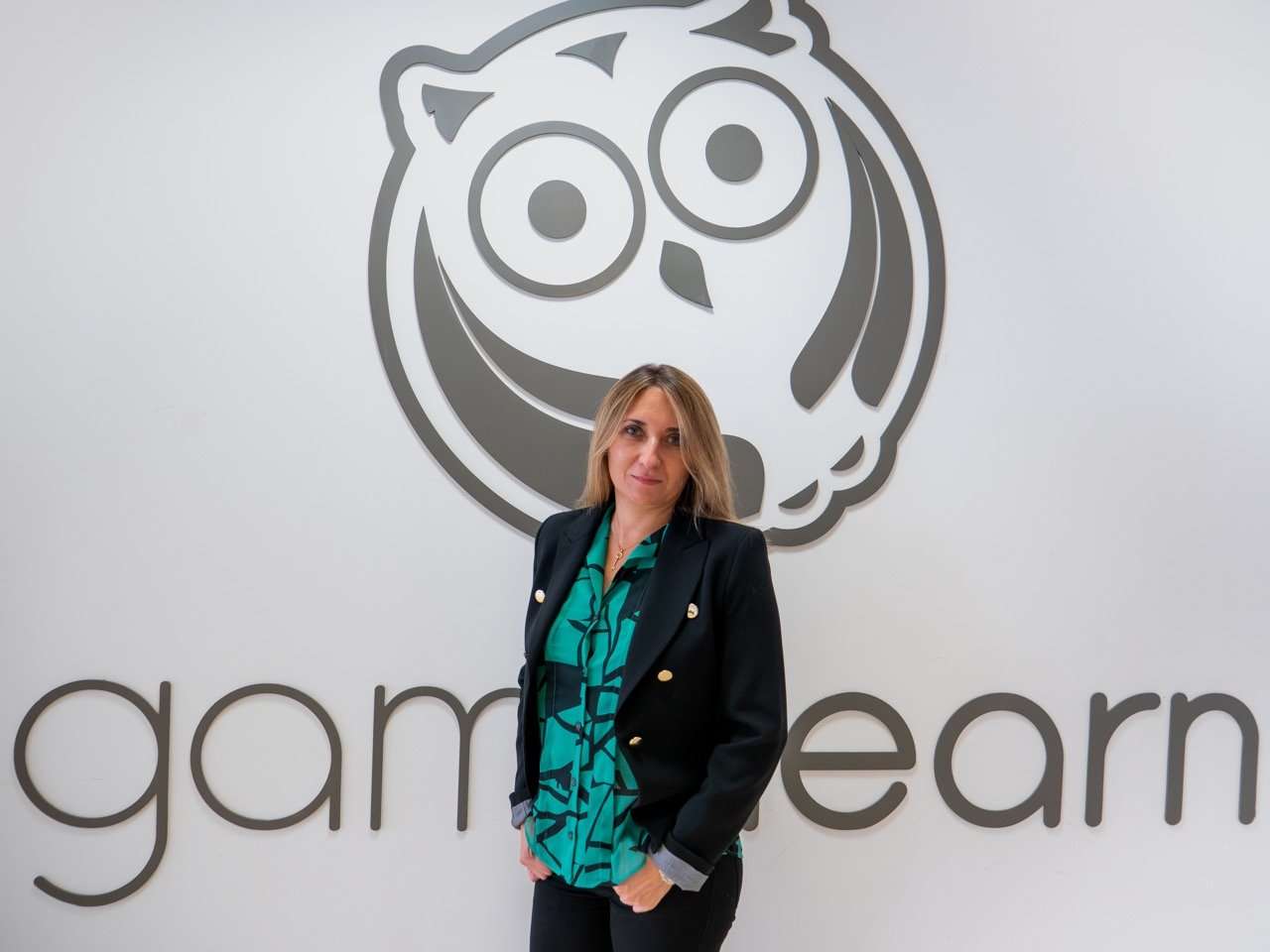Maintaining consistent motivation across commercial teams is a major challenge. Attracting and retaining talent, keeping productivity high, and delivering effective sales training all demand innovative approaches. In this context, sales gamification has become a pivotal technique for transforming performance and energising the sales process.
Incorporating game mechanics into sales environments not only enhances individual results but also promotes teamwork, a culture of continuous improvement, and stronger alignment with business goals. In this article, we explore how to implement sales gamification, its real benefits, and examples of successful company applications.
What is sales gamification?
Definition and key principles of sales gamification
Sales gamification involves integrating game-like dynamics—such as points, levels, rewards, and challenges—into commercial settings to boost performance, motivation, and learning among sales teams.
Core principles include:
- Intrinsic motivation, driven by the desire for achievement and self-improvement.
- Real-time feedback, allowing users to track progress instantly.
- Immersive experiences that turn the sales journey into a meaningful challenge.
Sales gamification vs traditional motivation strategies
Unlike standard incentive systems that rely solely on monetary rewards, sales gamification seeks emotional engagement and long-term commitment by enriching the daily experience of sales professionals.
It complements rather than replaces classic techniques by offering a more dynamic, immediate, and personalised approach to motivation.
Why sales gamification improves commercial performance
Game mechanics activate neurotransmitters like dopamine, which are associated with motivation and satisfaction. When salespeople feel progress, competition, challenge, and recognition, their engagement rises—and so does performance.
Gamification also enables real-time performance tracking, fosters agility in response, and encourages positive behaviours, creating a more digital, responsive, and performance-oriented sales culture.
Benefits of sales gamification for sales teams
Increased engagement and motivation
Missions, levels, and virtual rewards drive excitement and a clear sense of purpose. Teams become more committed to their goals and push harder to excel.
Healthy competition and team collaboration
Leaderboards and challenges create positive competition, which—if designed correctly—strengthens team cohesion rather than dividing it.
Improved knowledge retention and sales training
Gamified training helps sales reps understand and retain information more effectively, especially during onboarding or product launches.
Real-time performance tracking
Sales gamification enables immediate visibility into individual and team performance, allowing sales managers to act swiftly and provide targeted support.
Greater productivity and sales outcomes
Motivated teams perform better. Organisations using sales gamification have reported notable improvements in KPIs such as leads generated, calls made, and deals closed.
Sales gamification strategies and mechanics

Points, levels, and rewards
Every meaningful action—closing a deal, sending a proposal, or completing a training session—can earn points. These points unlock new levels, benefits, or rewards.
Leaderboards and sales rankings
Rankings encourage friendly competition. Displaying both individual and team progress supports collaboration and collective achievement.
Personalised sales challenges and missions
Assigning weekly challenges based on each salesperson’s profile drives engagement. For example: “Close 5 product X sales by Friday and earn a bonus.”
Instant feedback and rewards
Immediate recognition—via notifications, digital badges, or symbolic prizes—is more impactful and keeps morale high.
Using storytelling in sales gamification
A compelling narrative enhances engagement. Framing sales as a quest—such as climbing a commercial mountain or conquering new client territories—makes the process more meaningful and enjoyable.
Real-world examples of sales gamification
IBM and its gamified sales platform
IBM introduced a points-and-challenges system where salespeople could view their progress, share achievements, and compare results via visual dashboards.
SAP and gamified sales training
SAP implemented a gamified learning system with levels, rewards, and quizzes. This helped simplify complex product knowledge and increased training engagement.
Salesforce and integrated sales gamification
Salesforce added missions, badges, and recognition into its CRM, boosting platform usage and improving pipeline results.
Strava: a gamified model inspiring sales teams
Although fitness-focused, Strava is often cited as a model for gamifying sales: competing on metrics, conquering challenges, and sharing achievements socially.
Kahoot! and its impact on sales enablement
Kahoot! has become a go-to tool for evaluating product and process knowledge in real time, combining learning with gameplay.
Tools to implement sales gamification
Sales gamification software and platforms
Specialist platforms include:
- Hoopla
- LevelEleven
- Ambition
- Spinify
These tools enable the creation of challenges, display real-time performance, and drive motivation through rewards.
Mobile apps to engage sales teams
Apps allow salespeople to play, compete, and receive feedback from anywhere—ideal for remote or field-based teams.
Gamification integration in CRMs and management tools
Platforms like Salesforce and Zoho offer gamification features natively or via plugins, embedding game dynamics into daily workflows.
Common sales gamification mistakes and how to avoid them
When competition becomes counterproductive
Poorly managed leaderboards can create unhealthy tension. It’s essential to balance individual and team-based rewards.
Relying too heavily on extrinsic rewards
If gamification focuses solely on prizes, it may dilute purpose and learning outcomes. Intrinsic motivation should remain central.
Ensuring gamification doesn’t harm collaboration
Design mechanics that reward mentorship, peer support, and group achievements to encourage a connected, not isolated, sales culture.
Do you want to apply sales gamification in your team? Discover how to do it effectively with AI-powered role-play training at GameStrategies.io.
¿De cuánta utilidad te ha parecido este contenido?
¡Haz clic en una estrella para puntuarlo!
Promedio de puntuación 0 / 5. Recuento de votos: 0
Hasta ahora, ¡no hay votos!. Sé el primero en puntuar este contenido.

